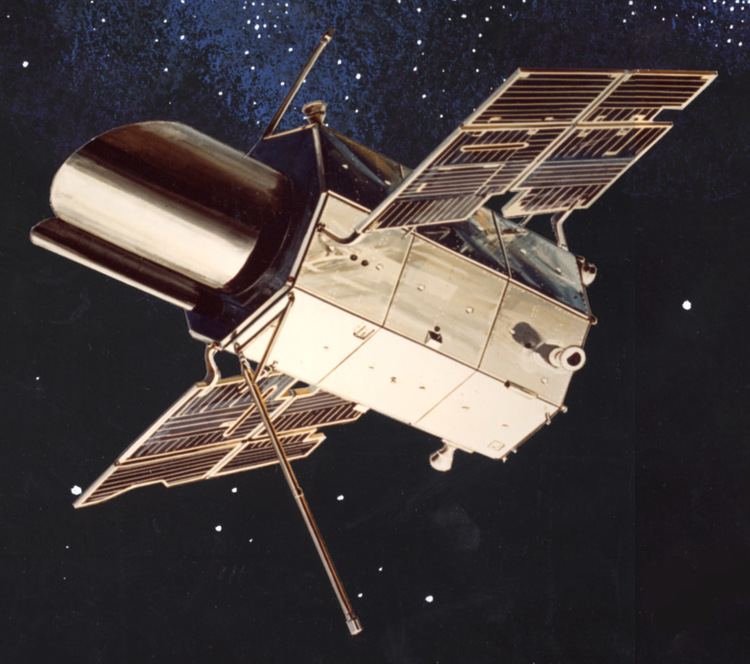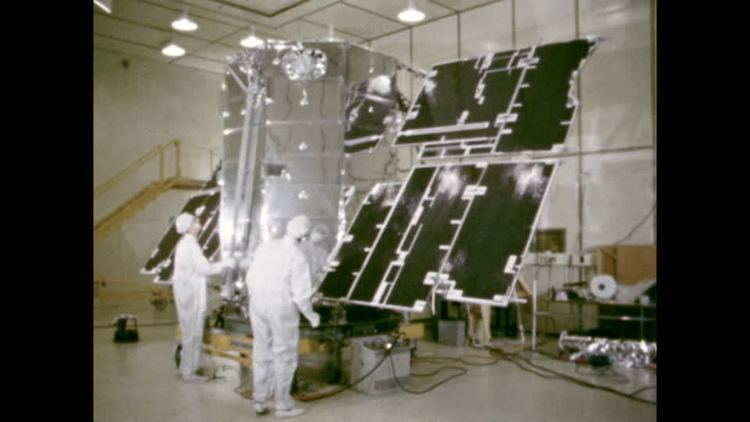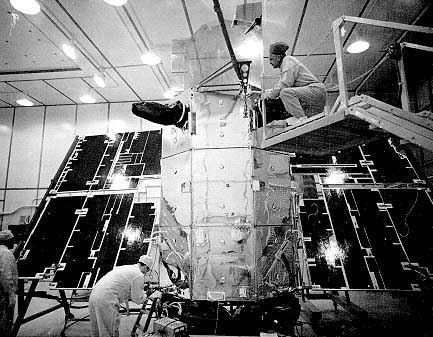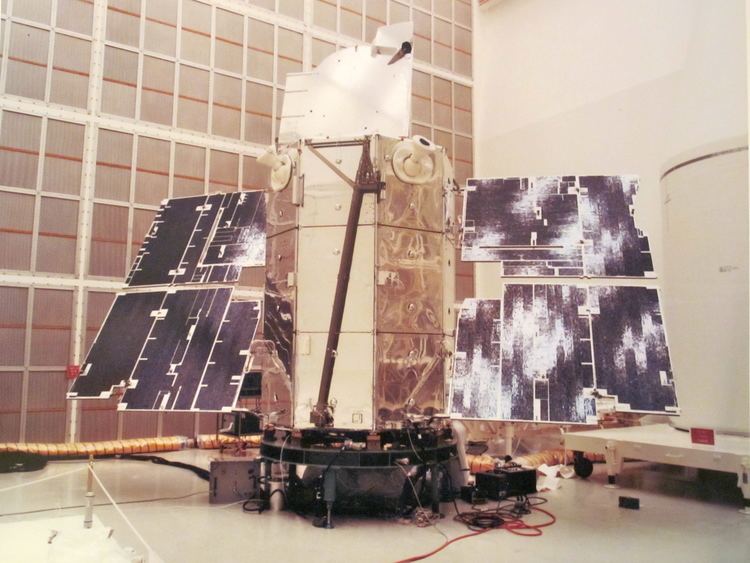 | ||
The Orbiting Astronomical Observatory (OAO) satellites were a series of four American space observatories launched by NASA between 1966 and 1972, which provided the first high-quality observations of many objects in ultraviolet light. Although two OAO missions were failures, the success of the other two increased awareness within the astronomical community of the benefits of space-based observations, and led to the instigation of the Hubble Space Telescope.
Contents

OAO-1

The first OAO was launched successfully on 8 April 1966, carrying instruments to detect ultraviolet, X-ray and gamma ray emission. Before the instruments could be activated, however, a power failure resulted in the termination of the mission after three days. The spacecraft was tumbling (out of control), such that the solar sanels could not be deployed to recharge the batteries that would supply power to the electrical and electronic equipment on board.
OAO-2

OAO-2 was launched on 7 December 1968, and carried 11 ultraviolet telescopes. It observed successfully until January 1973, and contributed to many significant astronomical discoveries. Among these were the discovery that comets are surrounded by enormous haloes of hydrogen, several hundred thousand kilometres across, and observations of novae which found that their UV brightness often increased during the decline in their optical brightness.
OAO-B

OAO-B carried a 38-inch UV telescope, and should have provided spectra of fainter objects than had previously been observable. The satellite never made it into orbit however; the payload fairing did not separate properly during ascent and the excess weight of it prevented the Centaur stage from achieving orbital velocity. The Centaur and OAO reentered the atmosphere and broke up.
OAO-3 (Copernicus)

OAO-3 was launched on 21 August 1972, and proved to be the most successful of the OAO missions. It was a collaborative effort between NASA and the UK's Science Research Council (later known as the Science and Engineering Research Council), and carried an X-ray detector built by University College London's Mullard Space Science Laboratory in addition to an 80 cm UV telescope built by Princeton University. After its launch, it was named Copernicus to mark the 500th anniversary of the birth of Nicolaus Copernicus.
Copernicus operated until February 1981, and returned high resolution spectra of hundreds of stars along with extensive X-ray observations. Among the significant discoveries made by Copernicus were the discovery of several long-period pulsars, with rotation times of many minutes instead of the more typical second or less.
